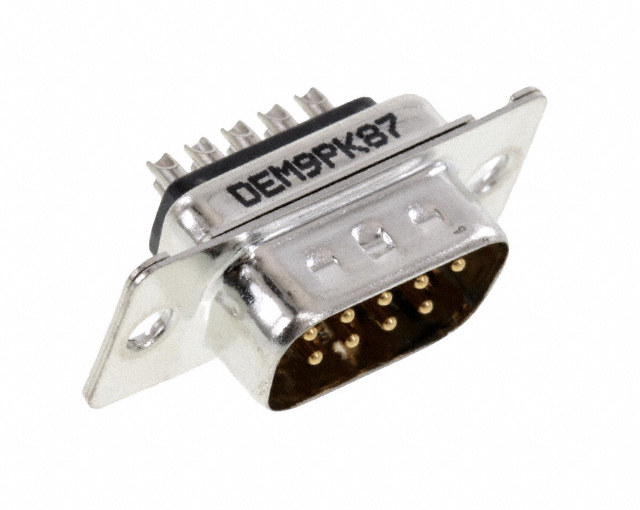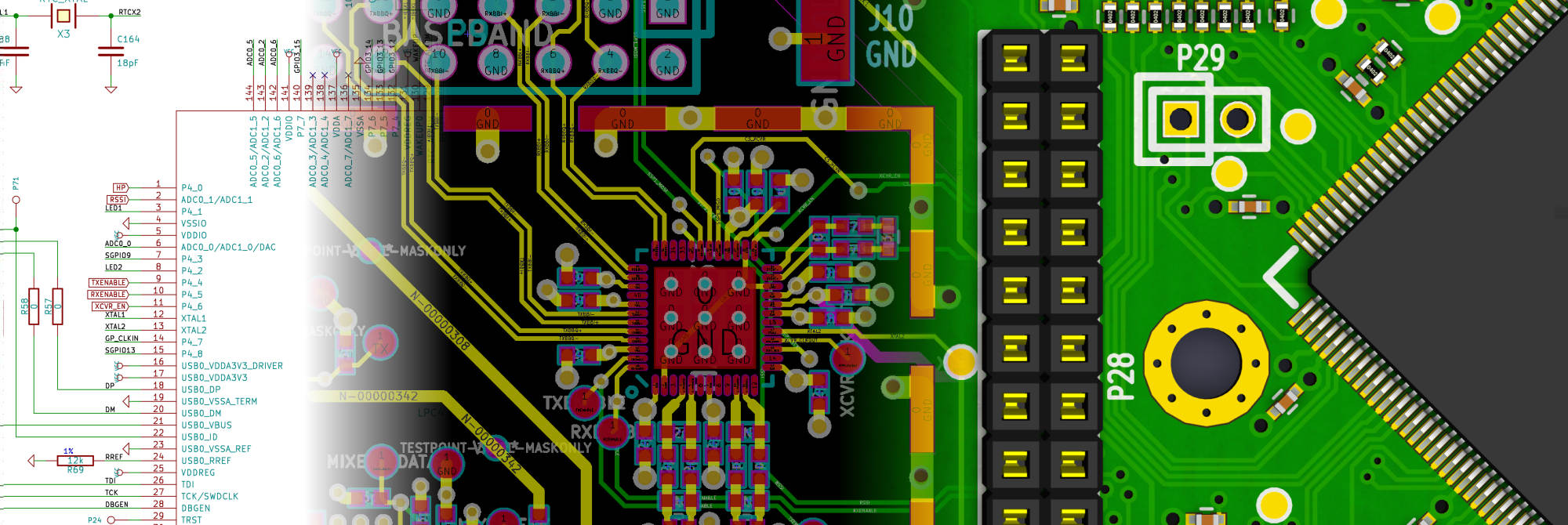Using the male/female terminology for connectors seems to be the industry standard. In the past I have never questioned this. Its just how things are and how I learned to work with them.
In one of my recent KiCad-Workshops I talked to people that would like to get rid of those words. There are a few issues with using the sex-analogy:
- Its not always clear what exactly is male. Quite a few connectors that are “inserted” are considered female. There are also female connectors that have protruding pins[1].
- The language is non inclusive
- Not all vendors use the same terminology
There has been some movement in the industry to address this problem. One example is the PAMA Recommendations for Neutral Nomenclature in Pro Audio from the Professional Audio Manufacturers Alliance (PAMA).
The proposed solution is to replace male/female with plug/socket, or pin/receptacle depending on the actual connector.
This is quite clever, since it solve the ambiguity of male what means: ‘will be inserted’ vs. ‘does have pins’.
There is no good reason why we, as an open-source community, should not improve our naming. On the contrary, we are not bound by weird corporate rules, but have the ability and freedom to be a leader of change. Both in the technical and inclusion aspect.
So lets do some research next, to see if and how we can untangle this Goardian knot.
D-Subminiature connectors
There are way to many different connectors out there to research them all. So I decided to start with the D-Sub type since they are well known and lots of manufacturers make them. Also there are standard documents describing them.
Vendors
When looking at how vendors name their connectors, there is not a single truth[2].
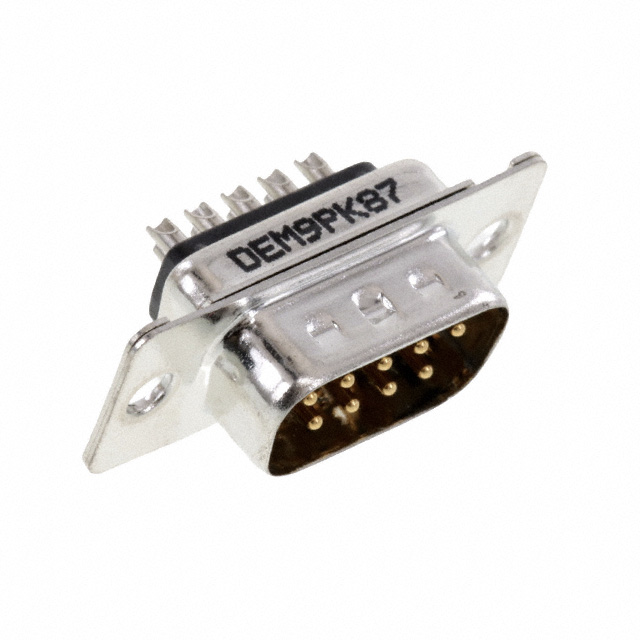
A “male”[3] D-Subminiature DE-9[4] connector. It has a shroud (the metal shell surrounding the pins). One can argue that the counterpart gets inserted into this connector. So this should be female?
We will learn later that at least for this type of connector, male == pins. Which is a good argument to just call it pins since its less ambiguous.
| Vendor | Part number | Naming | Link |
|---|---|---|---|
| Amphenol ICC | D/8656/ DP SERIES | Pin/Socket | https://www.amphenol-cs.com/media/wysiwyg/files/documentation/datasheet/inputoutput/io_dsub_d8656.pdf |
| Tyco Electronic | 1-5747150-3 | Receptacle | https://www.te.com/usa-en/product-1-5747150-3.html |
| Würth | 210111003 | Male | https://www.we-online.com/katalog/datasheet/210111003.pdf |
| Canon ITT | DE-9P-K87 | Pin | https://media.digikey.com/pdf/Data Sheets/ITT PDFs/DE-9P-K87.pdf |
| JAE | DE-9SF-N | Pin/Socket | https://www.jae.com/direct/topics/topics_file_download/?topics_id=66362&ext_no=06&index=0&_lang=en |
| Assmann WSW | A-DF 09 LL/Z | Male/Female | http://www.assmann-wsw.com/uploads/datasheets/ASS_4884_CO.pdf |
| NorComp | 171-009-103L001 | Male/Female | https://content.norcomp.net/rohspdfs/Connectors/17Y/171/171-YYY-10YLYY1.pdf |
| 3M | 8200 & 8300 Series | Plug/Receptacle/Socket | https://www.3m.com/3M/en_US/p/c/electronics-components/interconnect-products/input-output-connectors/d-shaped/ |
| Molex | 1727040160 | Male | https://www.molex.com/webdocs/datasheets/pdf/en-us/1727040160_DSUB_PRODUCTS.pdf |
There are at least 20 different vendors for DE-9 connectors on Digikey, I did not check all of them. That is not needed, it is quite obvious that vendors don’t agree on naming.
Other PCB tools
Orcad® Layout
Uses Plug & Socket
Source: http://ohm.bu.edu/~pbohn/__Engineering_Reference/pcb_layout/Footprints.pdf
Target 3001!
Uses STIFT (=pin) and male at the same time.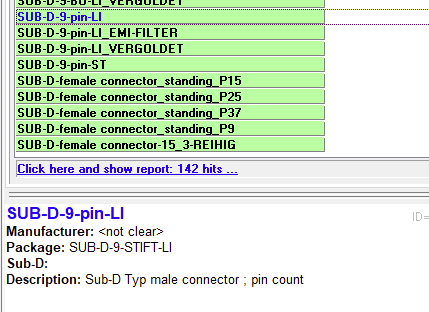
Altium Designer
Uses Receptacle
Standard documents
Okay, next up we take a closer look at the standard documents. There are quite a few different standards to consider.
German DIN 41652 (D-Sub connectors)
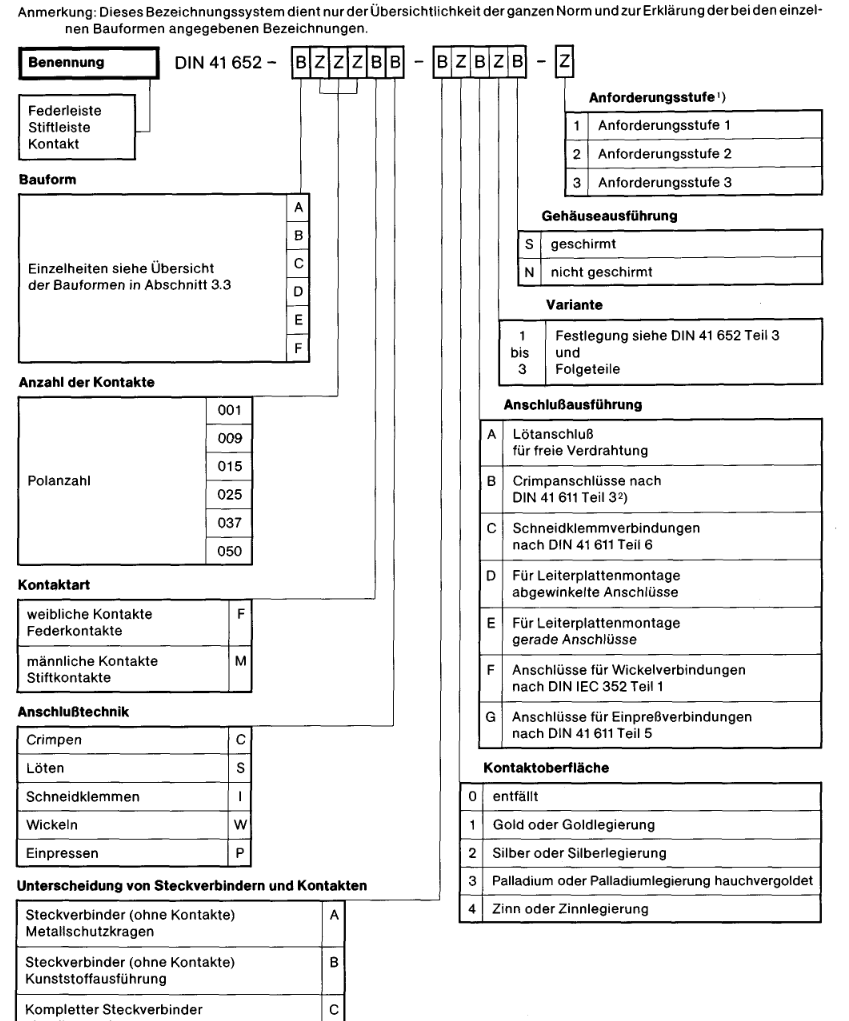
The German DIN uses
F= female contacts – spring contactsM= male contacts – pins
The interesting part here is that the proper letter would be W (weiblich) instead of F to indicate the gender. One could argue that the F stands for Federkontakte. Most likely, this is just a translation issue (as in the letters are not translated at all). I guess the letters (m/f) are supposed to indicate gender.
What is clear here, the male/female wording aims at the pins, not the connector shell.
International IEC 60807-2
Unfortunately I only have the German translation of this. Its pretty similar to the the same as DIN 41652: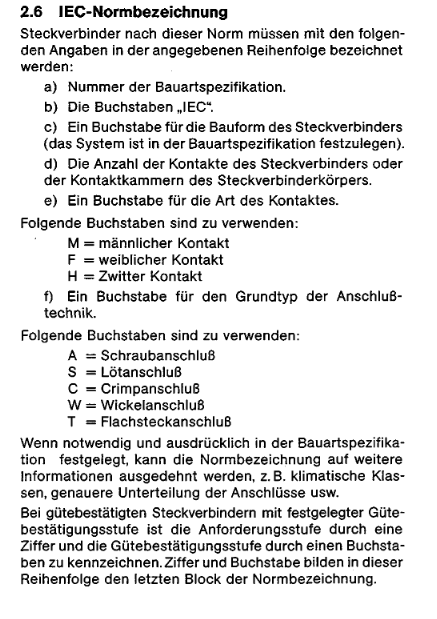
MIL-C-24308C
I could not find the words male or female in there at all. The document always refers to “plugs and receptacles”. The key word listing has pin/socket and plug/receptacle.
Data for other connectors
DIN 4000-54 “Sachmerkmal-Leisten”
This norm has rules that specify how different connectors should be described.
The tables that describe the contact don’t mention male/female. Instead Messer/Feder (translated to Socket/Pin) is used.
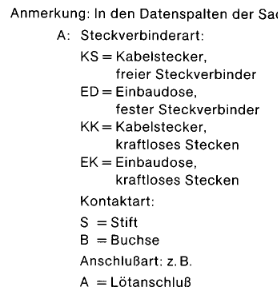
DIN EN 60603-2 (Replaces DIN41612)
Those are connectors used in rack systems. See https://en.wikipedia.org/wiki/DIN_41612 for some pictures.
The connectors of this series are named male/female in the spec.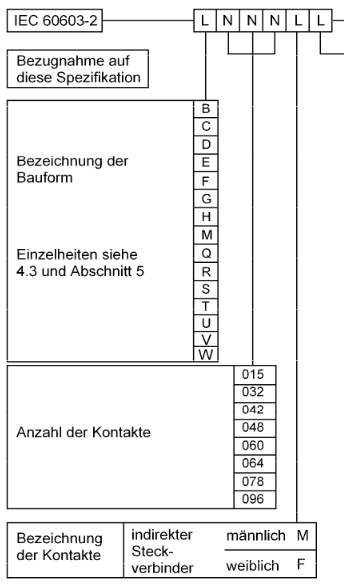
Interestingly enough, TE calls them Plug/Receptacle.
XLR (EN 61076-2-103:2004)
The connectors of this series are named male/female in the spec.
As far as I can tell, vendors (Neutrik, Switchcraft) also choose this naming scheme.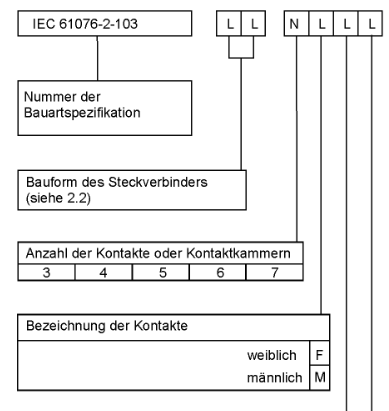
So what does ‘inclusive language’ actually mean?
That is hard, perhaps impossible for me to answer. I have always been included in a tech environment. As a member of the dominant culture I don’t experience microagressions when reading those words.
Other people however are affected by this language. Those asked me to do something about it. I want KiCad to be a safe space for anybody. That’s my main motivation to change things.
Given how small the cost of a change is, I am much in favor of getting rid of non-inclusive words.
Conclusion
We learned that there is no single truth, thus we need to weight our options.
Regarding the KiCad-Library I made the following decisions:
D-Subminiaturerename to Pin/Socket.- Solves the confusion about what is considered male
- About half of the vendors use that naming
XLRandDIN EN 60603-2- Stick with male/female
- Its consistent with vendor naming and standards
- Its still ambiguous 🙁
Connector_Generic- They are generic, with no footprint and thus not vendor associated
- The names are made up, so we can just change them as we like
- Pin/Socket seems like a good fit
RJ45 Jacks(I did not explicitly research them)- everybody already calls them jacks
- Just rename them to jack or socket
USB Connectors- They don’t have protruding pins
- The spec does specify what a jack and plug is
I get that people will be unhappy with this change. Or on the contrary, argue that even the XLR-Connectors need to be renamed now. Saying that I don’t care about other peoples opinion would be a lie. I obvious do, otherwise I would not have spend this much time and effort on trying to making KiCad more inclusive.
- Applies to the “Reverse” SMA or BNC connectors
- as always with electronic components. There is at least one vendor that has a totally different system.
- also known as “Plug” or “Pin”
- a common misconception is to call this connector DB-9 which is technically wrong.
